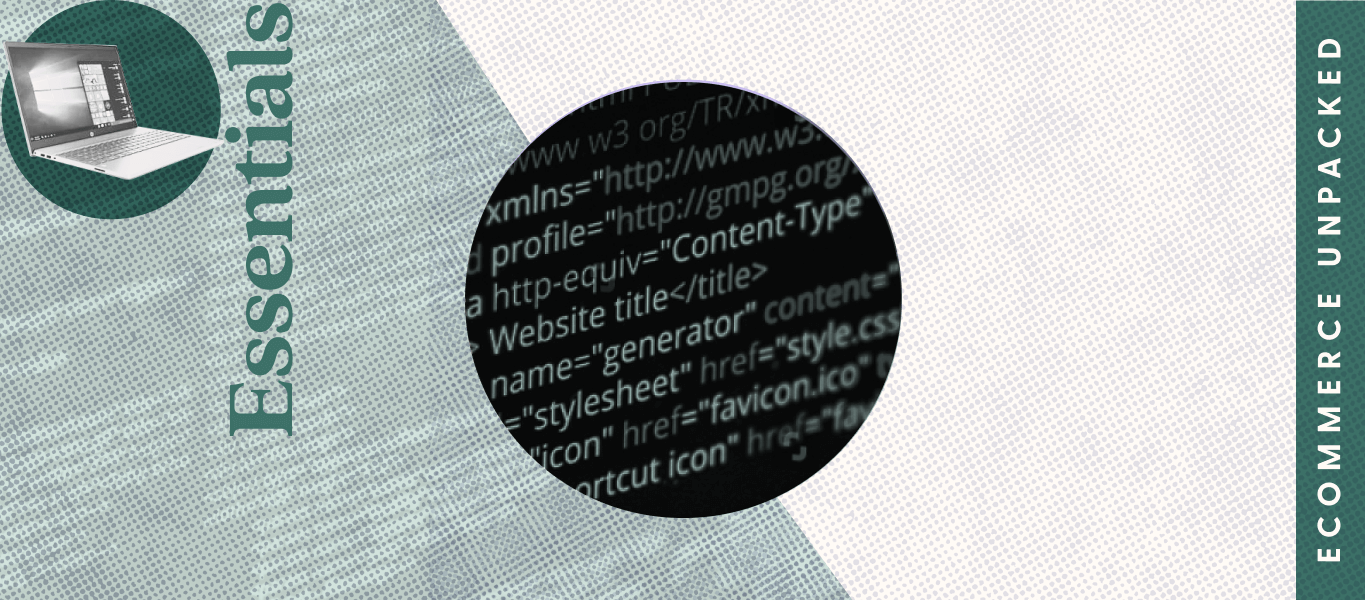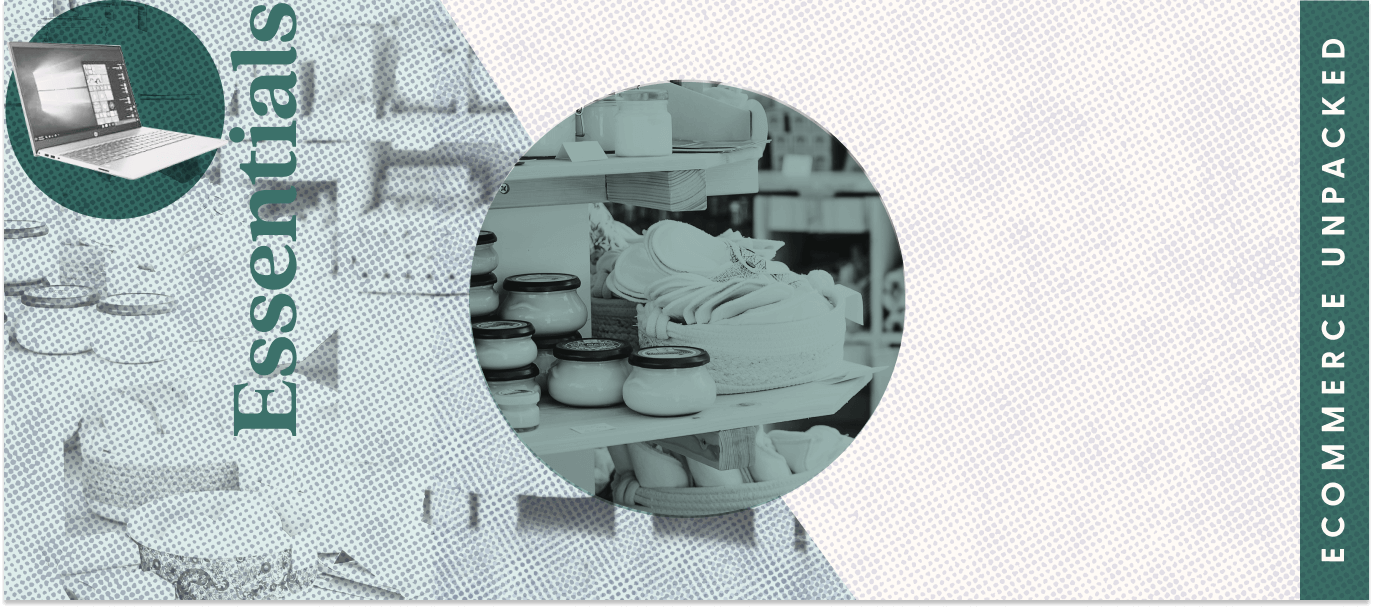Morgan Stanley reports that ecommerce comprised 15% of total retail sales in 2019 and increased to 22% in 2022, and they expect that number to reach 27% by 2026. As the industry grows and competition increases, ecommerce businesses continue to evolve their methods for coming out on top.
Looking for a head start? In this article, we’ll cover a number of ecommerce trends you can expect to see in the coming years, as well as strategies you can apply to your own business.
Key takeaways
- As ecommerce continues to grow, so does competition, advances in technology, and methods businesses use to get ahead.
- Mobile devices continue to grow as a main channel for online shopping, with businesses rushing to optimize their online stores for the mobile experience.
- A strong customer experience and fast shipping are likely to remain major differentiators for ecommerce businesses in years to come.
The global ecommerce market beyond the pandemic
It’s easy to understand why so many consumers turned to ecommerce sales during the pandemic. At a time when leaving your home was either banned outright or deeply frowned upon, people took to online shopping to get the goods and services they needed.
Sales tied to ecommerce grew 50% during the pandemic, totaling $870 billion. Since then, some consumers have returned to in-store shopping experiences, but many remain loyal to online retailers.
Consumers no longer have to travel to a dozen stores to find the perfect pair of shoes or the ideal anniversary present. With ecommerce platforms, they can now explore hundreds of shops across the globe from the comfort of their own home. Convenience, inexpensive shipping, virtually endless product selections, and competitive pricing all play a role in ecommerce’s increasing dominance.
7 ecommerce trends to watch out for
While no one can predict the future with certainty, experts and market researchers know quite a bit about how ecommerce is working now and what might happen in the months and years to come. These are a few of the trends to monitor:
1. The importance of catering to millennials
According to Statista, more than 263 million Americans (or 80% of the population) shop online, and millennials ages 25 to 34 are the biggest adopters.
Millennials are often called “digital natives.” As children, they played with their parents’ computers and phones. It makes sense, then, that people in this demographic would gravitate to online sales.
As these consumers age and their paychecks grow, expect them to spend more when shopping on line.
2. The boom of mobile ecommerce
About 61% of orders from online retailers occur on mobile phones, according to Statista. As companies adapt to ecommerce sales, they’ll likely grab even larger market share from mobile devices.
Mobile transactions allow customers to shop from anywhere, anytime. This leads to a lot of shopping from home, of course, but it also means customers can shop in physical stores while also using their mobile device for extra product information, price comparison, customer reviews, and so on.
To account for this, ecommerce businesses should make sure their online store both looks appealing and functions smoothly on mobile. They should also be sure to hone their omnichannel experience to deliver great shopping experiences from a variety of channels and points in the customer journey.
3. Increased connectivity & higher expectations for customer experiences
According to Statista, from 2005 to 2021, the number of internet users worldwide has continued to increase. This means that it’s crucial for businesses to rise to meet the high customer expectations for great ecommerce shopping experiences today.
Many online shops already leverage tools like chatbots, interactive or 360-degree product visualizations, and video for an immersive shopping experience. Others will need to adopt these or similar methods to compete for customers in an increasingly competitive market.
4. A priority on mobile payment systems & alternative payment methods
In the past, online shoppers typed in their credit card information to complete their checkout process. These days, customers expect greater flexibility when it comes to online payments.
Now, mobile payments allow customers to make payments with their smartphones, watches, and tablets. Some customers may want to buy a product now and foot the bill later—Insider Intelligence reports that BNPL (by now pay later) technology is projected to grow by 77% by the end of 2022.
To account for this, ecommerce businesses should consider the importance of building flexible payment technologies into their plans for the future.
5. Shorter spending cycles & more personalized marketing efforts
The sales cycle is the process companies use to convert browsers into buyers. As ecommerce sales take up larger and larger proportions of a company’s business, cycles will likely shorten accordingly.
In a retail sales format, a customer could make a purchase and remain almost completely anonymous. In the ecommerce industry, it can be easier to determine key details about your shoppers that can help you tailor your marketing campaigns to them. Tactics like discounts, frequent buyer packages, and rewards programs can all be strategically leveraged to turn one-time buyers into loyal customers.
6. Increasingly competitive delivery
How quickly can customers get products from your online store? In the ecommerce industry, the answer to that question can make all the difference.
A study by Temando shows that 80% of online shoppers want their products shipped the day they’re ordered, while 61% want their packages shipped within 1 to 3 hours.
Many companies today make this possible, and as shoppers grow accustomed to such experiences, they’ll want to see it replicated with all the vendors they use. If you don’t offer fast shipping and your competitors do, your conversion rates will very likely suffer.
Common delivery methods include the following:
- Same-day delivery: A customer places an order, and it arrives in their hands within 24 hours (or less).
- Free shipping: Customers pay nothing to get their packages (or the cost to ship is included in the price of the item, not listed separately).
- Flat-rate shipping: Customers pay the same delivery fee, no matter where they are located or how much they buy.
Subscription models provide an innovative opportunity to increase customer satisfaction around delivery schedules. Subscriptions can be set up so that your clients get a package around the same time every month, which can seem like immediate delivery.
7. Shopping on social media
Nearly all (98%) of online shoppers plan to make at least one purchase through social media in 2022, according to Sprout Social.
Companies are responding accordingly. Sites like Facebook, Instagram, TikTok, LinkedIn, and Pinterest allow for online shopping, and paid advertising campaigns on social media are increasingly gaining popularity. Therefore, it’s key that ecommerce businesses invest in building up their social media presence on the right channels to meet their customers where they are.
Prepare your ecommerce business for the future
Today, consumers now expect better experiences and faster delivery than ever before, and technology empowers companies to meet those expectations. Investing in omnichannel marketing, tech partnerships, and savvy planning can all help ecommerce brands compete in the coming years.
FAQs about ecommerce growth trends
Globally, where is ecommerce growing the fastest?
Consumers all around the globe demand bigger and better ecommerce experiences, but residents of some countries are especially eager to embrace this commerce model.
According to Statista, the countries leading in ecommerce sales growth include:
- Singapore
- Indonesia
- The Philippines
- India
- Argentina
- Australia
What are the largest product categories within the ecommerce industry?
As ecommerce grows and changes, almost any product you can think of could be available from your phone or computer. But according to Statista, right now, the product categories with the highest revenue include:
- Toys, hobbies, and DIY
- Fashion (clothing and accessories)
- Furniture
Sources
[1] Here's Why Ecommerce Growth Can Stay Stronger for Longer (Morgan Stanley)
[2] Ecommerce Sales Grew 50% to $870 Billion During the Pandemic (Forbes)
[3] 45 Online Shopping Statistics Retailers Should Know in 2022 (Fit Small Business)
[4] Distribution of Retail Website Visits and Orders Worldwide as of 2nd Quarter of 2022 by Device (Statista)
[5] Number of Internet Users Worldwide from 2005 to 2021 (Statista)
[6] Buy Now Pay Later Transactions Will Surpass $100 Billion by 2024 (Insider Intelligence)
[7] Shoppers Want Their Online Orders Faster (Digital Commerce 360)
[8] 98% of Consumers Plan to Make a Purchase on Social Media in 2022 (Sprout Social)
[9] Leading Countries Based on Retail Ecommerce Sales Growth in 2022 (Statista)
[10] 16 Reasons Why 90% of Ecommerces Fail (Failory)



